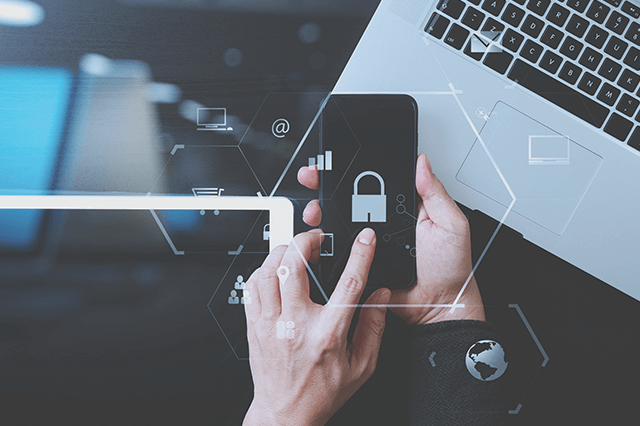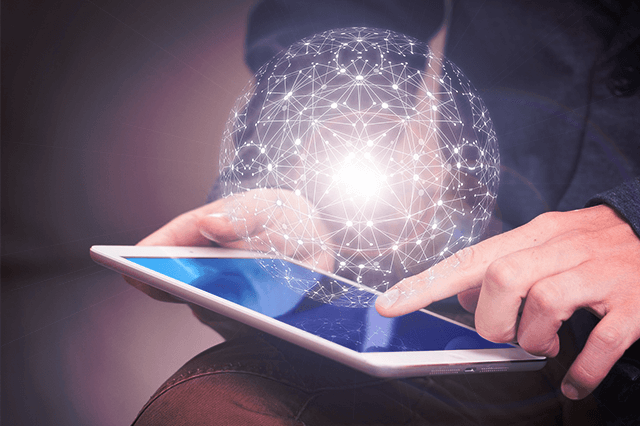Identity fraud is a very real threat facing businesses today. A breach can quickly result in devastating financial loss for your customers and your organization. A 2021 study by Javelin Strategy & Research has revealed that identity theft cost Americans around $56 billion last year, impacting as many as 49 million customers.
While there’s a clear need to step up fraud protection efforts, conventional approaches can create frustrating experiences for customers. When calling a contact center or bank, for example, people often have to answer strings of security questions to identify themselves and prove that they are who they claim to be.
This process can be exasperating. Not everyone, for example, can remember what the last transaction on their credit card was. It’s also not always secure. Malicious parties can easily find personal information on a customer’s social media feed, such as a pet’s name or where they went on honeymoon.
What if you could make identity authentication and fraud detection easier for your customers, employees and business as a whole?
Voice Biometrics uses advanced technology to verify identity, authenticate callers and protect against fraud over remote channels—so your organization can secure interactions quicker, with less effort and at a lower cost.
Analyzing the physical and behavioral characteristics of a human voice to verify claimed identities, this approach provides a robust layer of security for contact centers and other services. It also enables your business to rely less on complex passwords and knowledge-based questions, and more on tech-powered identification.
Putting Voice Biometrics to Good Use
Voice-based biometric authentication can be used to simplify and secure the customer and employee experience in a variety of scenarios, while reducing call queues, processing times and costs.
Some use cases include:
- Accessing mobile banking and other financial services.
- Authenticating transactions in an IVR or with a live agent for faster, safer customer service.
- Enabling customers and employees to reset their own passwords without calling a help desk.
- Proof of life for pension transactions, allowing pensioners to authenticate themselves remotely without having to visit the bank or stand in queues.
- Voice biometrics is also a powerful fraud protection tool, as it can match fraudster voiceprints to identify bad actors.
How it Works
Just like your fingerprint, the sound of your voice is unique to you. Voice Biometrics uses advanced technology to create a voiceprint for customers. This comprises the physical and behavioral patterns of the voice, including speech rhythm, speed and the way the vocal cords, mouth and nasal passages work together. Once a voiceprint has been created, customers can authenticate in the IVR for self-service, or with a live agent if preferred.
Enterprises have the option to deploy voice biometrics actively or passively. Let’s dive deeper into these two deployment options.
Active Voice Biometrics
This type of system asks the customer a specific question and they have to provide a particular phrase as the answer. Only if they use the correct phrase, in their own voice, will they be authenticated.
Active Voice Biometrics easily proves that a person is who they say they are using self-service—whether that be within an IVR, a mobile application or an enterprise software system. This approach can be used as a fraud protection tool for both employees and customers across many sectors, from banking to government services.
Passive Voice Biometrics
Passive Voice Biometrics, as the name implies, means the voice biometric engine is passively listening to a conversation and understanding the voice characteristics of the speakers to recognize who the speakers are. This requires no specific passphrase. The engine can silently hear, interpret and determine the speaker’s identity—comparing the current voice to an originally enrolled voiceprint.
Passive Voice Biometrics is incredibly effective at authenticating customers over remote channels and even identifying fraudsters in real-time, by catching them in the act (calling into a contact center and trying to access a customer account, for example).
As voiceprints are compared in real-time, agents can take swift action, protecting customers from account takeovers and the enterprise itself from costly fraudulent transactions.
What If Criminals Synthesize Customers’ Voices?
As fraudsters evolve their techniques, there is some concern in the market that voice biometrics could become more vulnerable to a certain level of sophisticated fraud. This involves the use of synthetic voices (also known as ‘deep fakes’), which use human beings and machines to produce an artificial version of human speech.
While malicious actors may try to use synthetic voices to get around voice biometrics, it’s important to understand that synthetic speech leaves evidence – a trail that makes it easier to detect. Also, even the best deep fake sounds uncanny and not quite human. With passive authentication, the live agent will be able to distinguish synthetic speech from real human speech.
That being said, for complete peace of mind, it’s advisable to use voice biometrics as one layer of security alongside other authentication methods, so that customers are well protected.
How LumenVox Can Help
The LumenVox Voice Biometric Engine safely authenticates customers within the IVR or when talking with a live agent, in multiple languages.
LumenVox has also created a voice-based fraud detection tool—leveraging AI-driven voice biometrics—to combat contact center fraud and defend vulnerable voice channels from criminal activity with a tool that analyzes voiceprints and matches them to known fraudsters. Rather than the 7 months it takes on average to discover fraudulent transactions, LumenVox can cut that down to a matter of hours. A caller whose voice matches a fraudster voiceprint receives further investigation, so fraud analysts can act quickly to minimize loss.
Key Takeaway
For companies seeking to manage identity authentication and fraud detection in the most secure, cost-efficient and convenient way possible, LumenVox Voice Biometrics is well worth exploring.
Ready to learn more? Download our whitepaper





